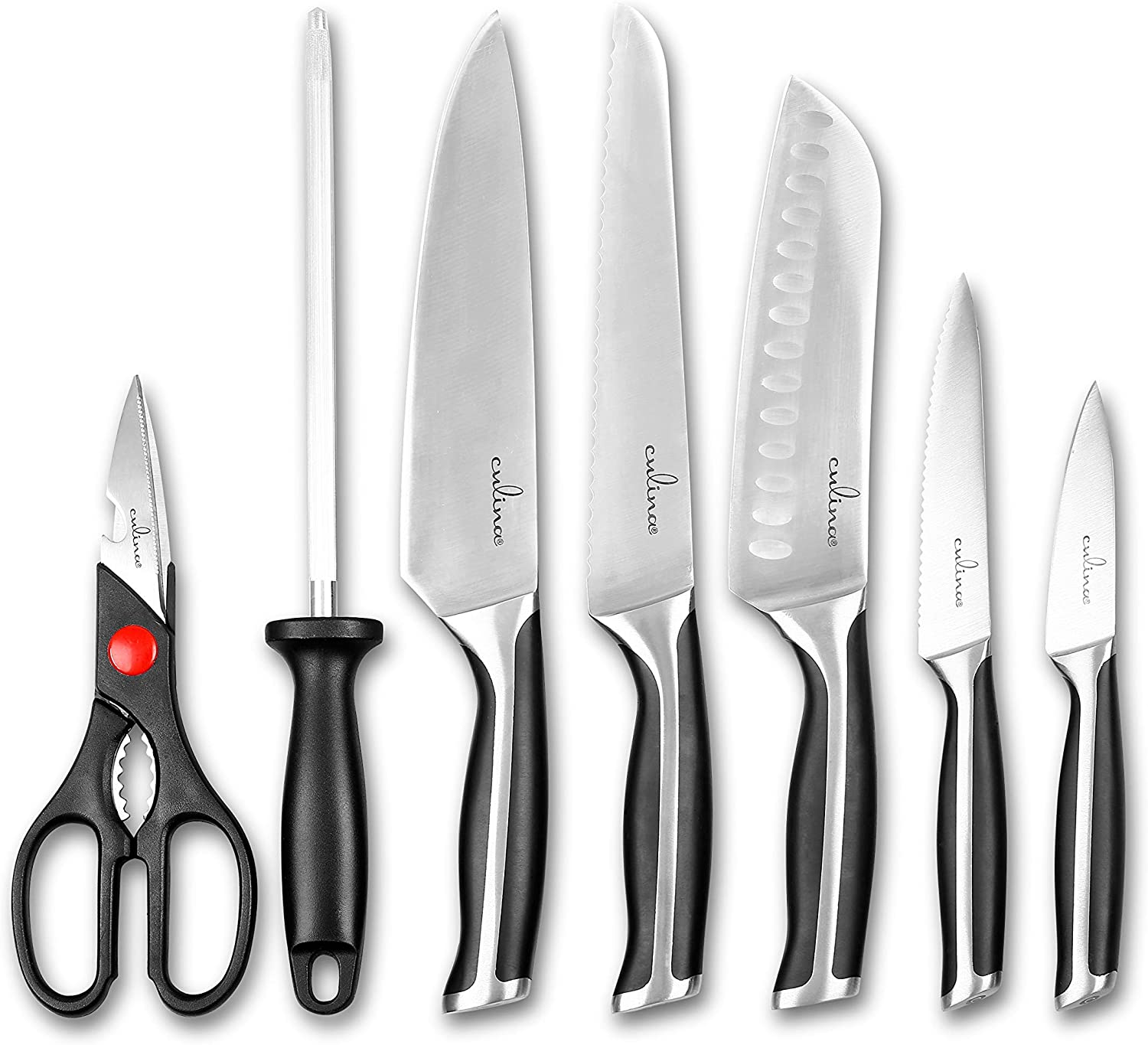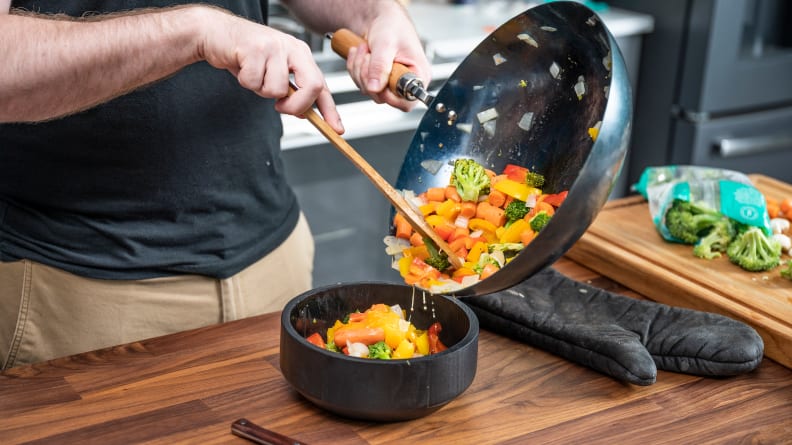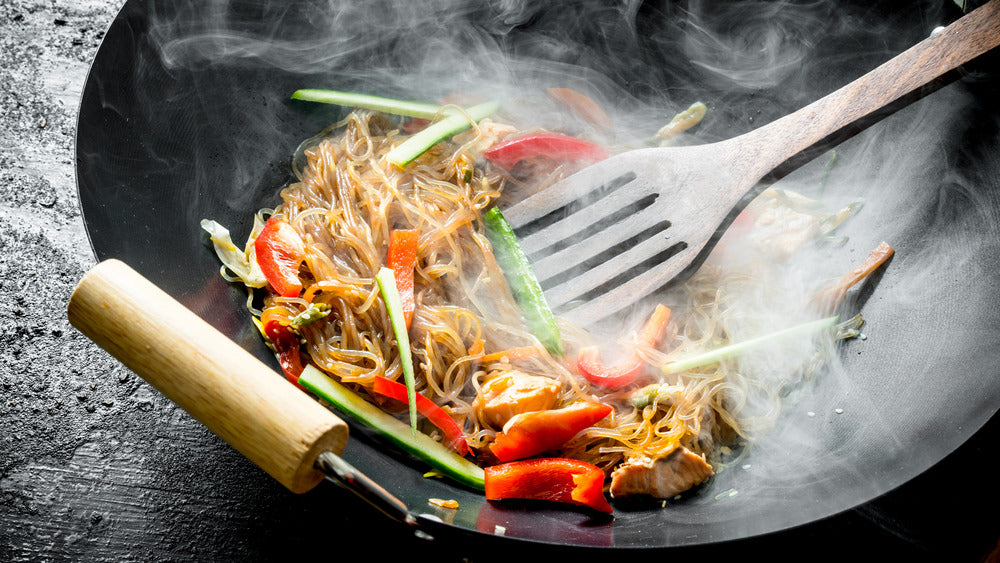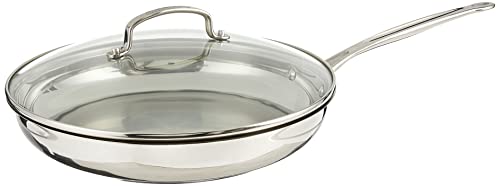Have you ever faced the dilemma of wanting to steam or simmer food in your wok but realized you do not have a lid? For kitchen professionals, this can be a frustrating situation, as many recipes depend on proper coverage to achieve the desired results. In this article, we will discuss various techniques on how to cover a wok without a lid while ensuring your dishes maintain their flavor, moisture, and texture. So, lets get started!

Understanding the Need for Covering a Wok
Covering a wok is essential for many cooking techniques such as steaming, braising, or retaining moisture. When you understand why it is important to cover your wok, you can better appreciate the alternatives available. A lid helps trap steam, effectively cooking food evenly while preserving its natural juices. Without it, you risk drying out your ingredients or not cooking them thoroughly.

1. Use a Larger Skillet or Pan
If you find yourself without a lid for your wok, the first alternative is to use a larger skillet or pan. A pan that is slightly larger than your wok can fit over the top and create a seal. Not only will this hold in moisture, but it also allows steam to circulate, replicating the effect of a lid. Make sure the larger pan is made of a similar material to the wok, such as cast iron or stainless steel, to ensure even heat distribution.
Pros of Using a Skillet
- Accessibility: Most kitchens have multiple pans, making this a convenient option.
- Versatility: You can use various pans depending on the dish you are making.
Cons of Using a Skillet
- Fit Issues: Finding a pan that fits your wok perfectly can be challenging.
- Heat Retention: Pans may not retain heat as effectively as a dedicated lid.
:max_bytes(150000):strip_icc()/WokSills101-StirFrying-VickyWasik1-947e9de8656942a185a124d561050d8e.jpg)
2. Aluminum Foil as a Lid Substitute
Aluminum foil is another practical option when you need to cover your wok temporarily. You can mold the aluminum foil to fit snugly over the edges of the wok, creating a barrier that keeps the steam contained. This method is particularly handy because it is lightweight and provides a reasonably airtight seal.
How to Use Aluminum Foil
- Cut a large piece of aluminum foil that can cover the entire surface of the wok.
- Shape the foil around the edges of the wok to form a seal.
- Ensure that the foil is secure but not too tight, allowing some steam to escape if needed.
Pros of Using Aluminum Foil
- Convenient: Readily available in most kitchens and can be disposed of easily.
- Customizable: You can adjust the size to fit your specific needs.
Cons of Using Aluminum Foil
- Durability: Foil can tear easily, compromising its effectiveness.
- Environmental Impact: Single-use foil contributes to waste.

3. Use a Baking Sheet
A baking sheet can serve as a great substitute for a wok lid. Place the baking sheet on top of the wok to cover it completely. This method is especially useful for tasks such as roasting or steaming. The flat surface helps retain the heat and moisture necessary for proper cooking.
Pros of Using a Baking Sheet
- Heat Retention: Baking sheets typically withstand higher heat, effective for various cooking styles.
- Availability: Most kitchens have baking sheets readily available.
Cons of Using a Baking Sheet
- Size Limitations: Ensure the baking sheet is wider than the wok for a proper fit.
- Stability: The sheet may shift while cooking, requiring adjustment.
4. Create a Makeshift Lid with a Plate
If you do not have access to additional cookware, you can use a large plate as a makeshift lid. Simply place the plate upside down over the top of the wok, creating a barrier to keep the steam inside. This method works well for dishes that require simmering or light steaming.
How to Use a Plate
- Find a plate that is large enough to cover your wok.
- Inverted, place the plate on top of the wok.
- Add a weight (like a small saucepan) on top of the plate, if necessary, to create a better seal.
Pros of Using a Plate
- Accessibility: Almost every kitchen has plates that can be used for this purpose.
- Simple Solution: This method requires minimal effort and resources.
Cons of Using a Plate
- Spillage Risk: Depending on the angle of the meal, the contents may spill over.
- Durability: Plates might not withstand high heat effectively.
5. Use a Lid from Another Pot
Finally, if you have a lid from a different pot or pan that fits your wok, go ahead and use it! Many lids from other cookware can provide an adequate seal for steaming or simmering your wok dishes. Make sure the lid is made of a material that can handle high temperatures.
Pros of Using Another Pot Lid
- Easy Solution: Using a compatible lid requires minimal adjustments.
- Optimal Coverage: Proper lids are designed to fit your cookware snugly, providing an effective steam trap.
Cons of Using Another Pot Lid
- Finding Compatibility: Not all lids are interchangeable; finding one may take extra time.
- Heat Transfer: Ensure the lid can withstand the heat that the wok produces.
Conclusion
Covering a wok without a lid does not have to be a complicated task. As a kitchen professional, knowing multiple strategies such as using a larger skillet or aluminum foil can save time and effort. Experiment with these methods and find out what works best for your cooking style and the dishes you prepare. With these effective techniques, you can continue to create flavorful meals while maintaining moisture and steam, allowing your culinary skills to shine!
Frequently Asked Questions
- 1. Is it necessary to cover a wok while cooking?
- Yes, covering a wok is essential for retaining moisture, enhancing flavor, and ensuring even cooking.
- 2. Can I use plastic wrap instead of aluminum foil?
- Not recommended due to high temperatures that may damage the plastic and alter food safety.
- 3. What type of pan is best to use if I need a quick substitute lid?
- A skillet or frying pan made from similar materials as the wok, such as cast iron or stainless steel.
For more insights on wok cooking techniques, check out Wok Functions or learn How to Clean a Wok.
As an Amazon Associate, I earn from qualifying purchases.






Leave a comment
This site is protected by hCaptcha and the hCaptcha Privacy Policy and Terms of Service apply.